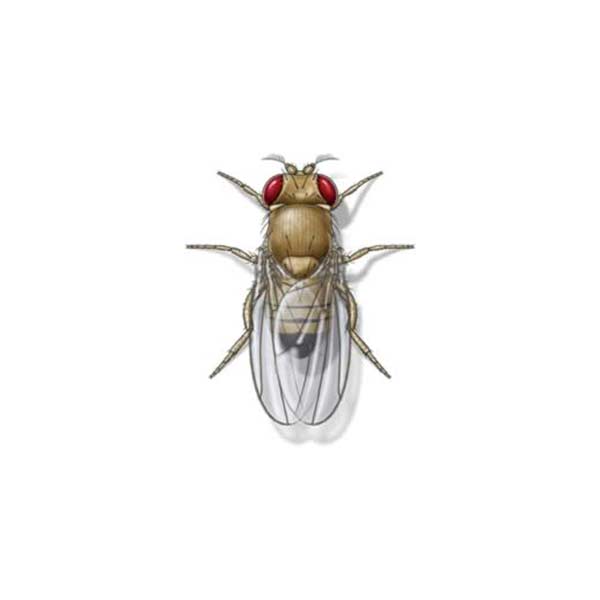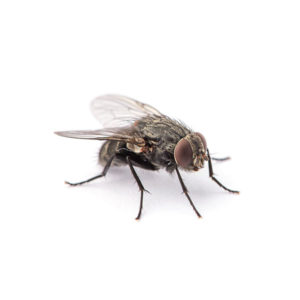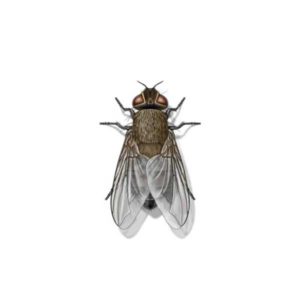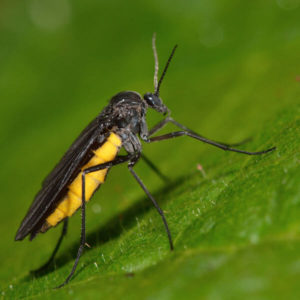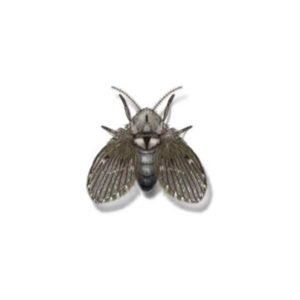Fruit Flies in Memphis TN Metro Area
North of Mexico, there are over 177 fruit fly species found in North America, with eight species commonly observed in the United States. The scientific name for these flies is Drosophila, which translates to “lover of dew,” implying their need for moist environments to reproduce. Fruit flies are commonly referred to as fruit flies, vinegar flies, or pomace flies, and they are frequently mistaken for other small fly species found indoors. Fruit flies are carriers of diseases as they feed on decaying foods, consuming bacteria and sugar. You can often spot them near fruit bowls, wine glasses, garbage, and trash cans.
Fruit Fly Habitat
Fruit flies are tiny insects capable of squeezing through regular insect screens, and they are frequently encountered in residences, restaurants, fruit markets, bars, salad bars, and anywhere fruits and vegetables are present. These flies often make their way into buildings from nearby dumpsters, trash containers, and moist compost piles where discarded fruits and vegetables are found. Fruit flies deposit a significant number of eggs on fruits, and the newly hatched larvae feed on the fruit. They thrive in warm weather conditions, and under temperatures ranging from 80° to 89°F, a single generation can develop in less than a week.
Fruit Fly Behaviors, Threats, or Dangers
Unlike certain insects, fruit flies do not sting or bite. They are primarily considered as bothersome pests. However, the findings of a recent study revealed that fruit flies are capable of transferring harmful bacteria such as E.coli, Salmonella, and Listeria to various surfaces. They can even transport E.coli from contaminated sources to fresh, ready-to-eat foods. Although fruit flies spend most of their time around fermented foods, they can also land on dishes, utensils, drinking glasses, and even toothbrushes. While you may not directly consume the contaminated produce, when you eat or drink from these objects, you expose yourself to the same bacteria that the fruit fly has transported from one location to another.
If you are dealing with a fruit fly problem on your property, contact your local fly exterminators.

